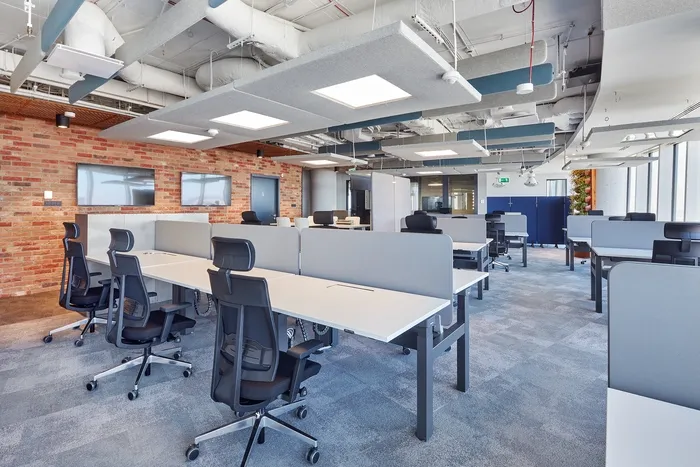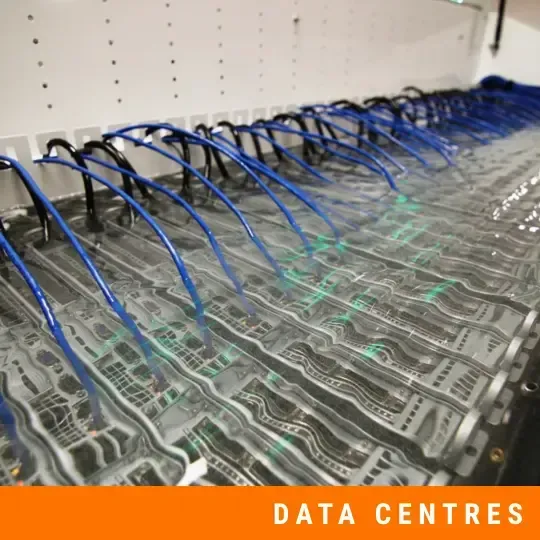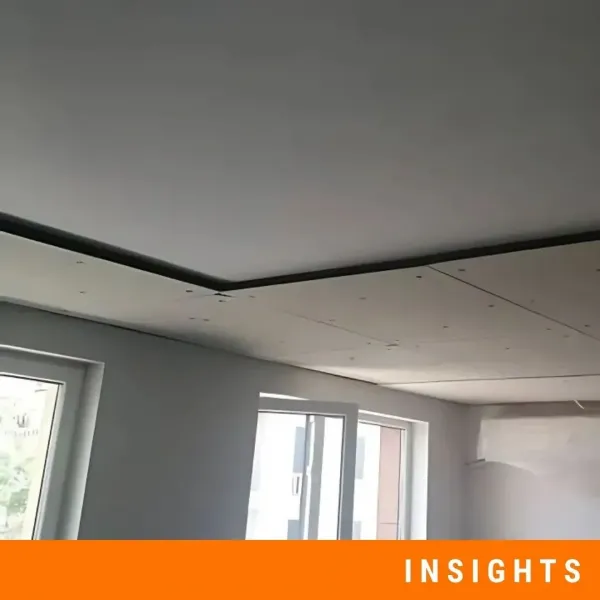Smart Sensors to AI Noise Control in Building Acoustics
Acoustic design in modern buildings has evolved beyond simply reducing sound levels. Now it's about creating environments that adapt, support productivity and contribute to occupant wellbeing. As buildings get smarter and more complex, acoustic solutions that sense, interpret and respond are becoming indispensable. This piece looks at how emerging technologies like smart sensors and artificial intelligence are shaping acoustic design and what that means for architects, engineers and facility managers.
The Changing Acoustic Landscape
Spaces such as open-plan offices, hybrid-work hubs and multi-function venues impose new demands on acoustic performance. At the same time, regulations are tightening, and users expect a higher standard of auditory comfort. Traditional acoustic treatments—such as thick partitions, heavy absorption and fixed layouts—still play a role, but alone they don’t meet the full challenge. A shift has occurred: acoustics must now include monitoring, data capture and adaptive responses.
Traditional passive control (heavy panels, thick partitions, fixed layouts) remains essential, but it is no longer sufficient on its own. The trend is shifting towards adaptive, data-driven acoustics: systems that monitor, analyse and respond in real time.
Smart Sensors: The Acoustic ‘Nervous System’
One key development is the increase in acoustic sensor networks embedded within buildings. Devices such as MEMS microphones, structural vibration sensors and wireless IoT nodes collect data on sound and vibration continuously. Market reports indicate that smart acoustic sensor systems are growing fast, with strong forecast demand. These sensors are used not just for measuring noise levels but also for detecting occupancy, monitoring mechanical systems, identifying unusual noise sources and integrating with building-management systems. With real-time data in place, acoustic performance becomes a service rather than a one-off deliverable.

AI & Machine Learning: From Data to Decisions
The sensor data is only part of the story. Machine learning and artificial intelligence models allow the data to become insights and provide actionable recommendations.
- Predictive acoustic mapping and noise-source identification use algorithms to classify sound sources, forecast problem areas and inform design decisions.
- Adaptive acoustic systems alter their behaviour based on current conditions: variable-absorption panels, active noise control (ANC), and sound-masking systems that change settings when occupancy changes.
- Digital-twin models enable acoustic engineers to run many design variants quickly, estimating reverberation time, sound-field distribution and material behaviour under different layouts.
These tools shift the approach from reacting to complaints (for example, installing more panels after the fact) to anticipating issues and tuning systems ahead of usage. The outcome for clients: fewer surprises, more predictable performance and higher satisfaction.
Emerging Technologies to Watch
Several specific technologies are gaining ground in building acoustics:
-
Active Noise Control (ANC) at Room or Building Scale
ANC, long used in headphones or hearing protection, is now being scaled to rooms and buildings—paired with sensors to detect noise events and deploy cancelling sound waves in real time. -
Smart Acoustic Panels and Materials
The next generation of panels is no longer passive. They may monitor acoustic behaviour, respond dynamically, connect to HVAC or lighting systems and even change appearance when conditions shift. -
Sustainable, Lightweight and Circular Acoustic Materials
The drive for low-carbon and sustainable materials has reached acoustics. Bio-based fibres, recycled composites, thinner absorbers and systems designed for disassembly are gaining interest. Concurrently, AI-assisted material discovery is accelerating the development of these new materials. -
Integrated Acoustic Intelligence in Building Management Systems (BMS)
Acoustic data is increasingly treated like another environmental metric—linked to ventilation, lighting, occupancy and energy use. In smart buildings, noise control may be managed alongside heating and lighting rather than separately.

Practical Implications for Projects
What should specification teams and facility managers do to keep pace with these developments? Here are some practical guidelines:
-
Plan for acoustic monitoring early
From the design phase, include sensor deployment, data-capture protocols and analytics. This allows you to establish baseline performance, validate design intent and respond to changes in usage. -
Select adaptive solutions where fit-for-purpose
For dynamic or multi-purpose spaces (e.g., open offices, lecture halls, event suites), look beyond simply adding panels. Consider systems that adapt when occupancy changes or usage shifts. -
Link the acoustic strategy with automation and sustainability
Acoustic performance shouldn’t be isolated. Join it with HVAC, lighting and occupancy analytics. For example, if a meeting room is empty, sound-masking might be reduced; when occupancy rises, adaptive panels or masking can engage. -
Design for lifecycle and upgrade
Technologies evolve. Choose sensors that support firmware upgrades, panels that allow retrofit of adaptive features, and analytics platforms that grow. Doing so reduces the risk of obsolescence and adds long-term value. -
Frame acoustic value in occupant terms
Technical metrics such as RT60 or STC matter, but decision-makers often respond better when you link acoustic performance to comfort, productivity, focus and wellbeing. Share how adaptive acoustic design boosts concentration or reduces fatigue rather than only quoting dB reductions.

Challenges and Considerations
These technologies bring fresh opportunities but also new considerations:
-
Data privacy and ethics
Sensor networks may capture occupancy, movement and activity. Ensuring that personal data is protected and governance standards are maintained is critical. -
Cost versus benefit
Some adaptive systems carry a higher initial cost. Specification teams must assess whether the added flexibility or monitoring capability delivers value for the space’s intended use. -
Technical integration and management
Integrating acoustic systems with a building management system, calibrating sensors, maintaining software and ensuring future upgrades all require planning and resources. -
Managing expectations
Even the most advanced system doesn’t eliminate all noise or acoustic issues. User behaviour, context and maintenance still influence outcomes. Clear communication with clients is required.
The Way Forward
As we move through the 2020s, acoustics in building design is shifting from a static specification to a managed service. Buildings that sense acoustic conditions, learn from usage and optimise performance will deliver better environments for occupants and owners alike. For acoustic specialists and engineers, this represents both a challenge and an opportunity: specify smarter materials, deploy monitoring, support analytics and deliver value over the building’s lifecycle. For clients, the message is straightforward: design acoustic systems that adapt, perform and deliver measurable results. A building will not simply be quiet—it will perform and respond.
The key themes are sensors, intelligence and adaptability. Smart sensors gather data; artificial intelligence turns it into insight; and adaptive systems respond accordingly. Together they enable acoustic performance to be managed proactively, improving the environment, enhancing outcome predictability and raising occupant satisfaction. Whether you’re designing an office, lecture theatre or hospitality space, acoustic design has entered a fresh phase. If you’d like to explore how our acoustic engineering and monitoring solutions can support your next project, get in touch with the team at DECIBEL today for a consultation.
LATEST BLOGS

21.10.2025 How to Improve Factory Efficiency in Industry 4.0? Noise control!

17.10.2025 Soundproofing Data Centres in the Era of Liquid Cooling

10.10.2025 Beginner's Guide to Acoustics: 10 Key Terms Explained
